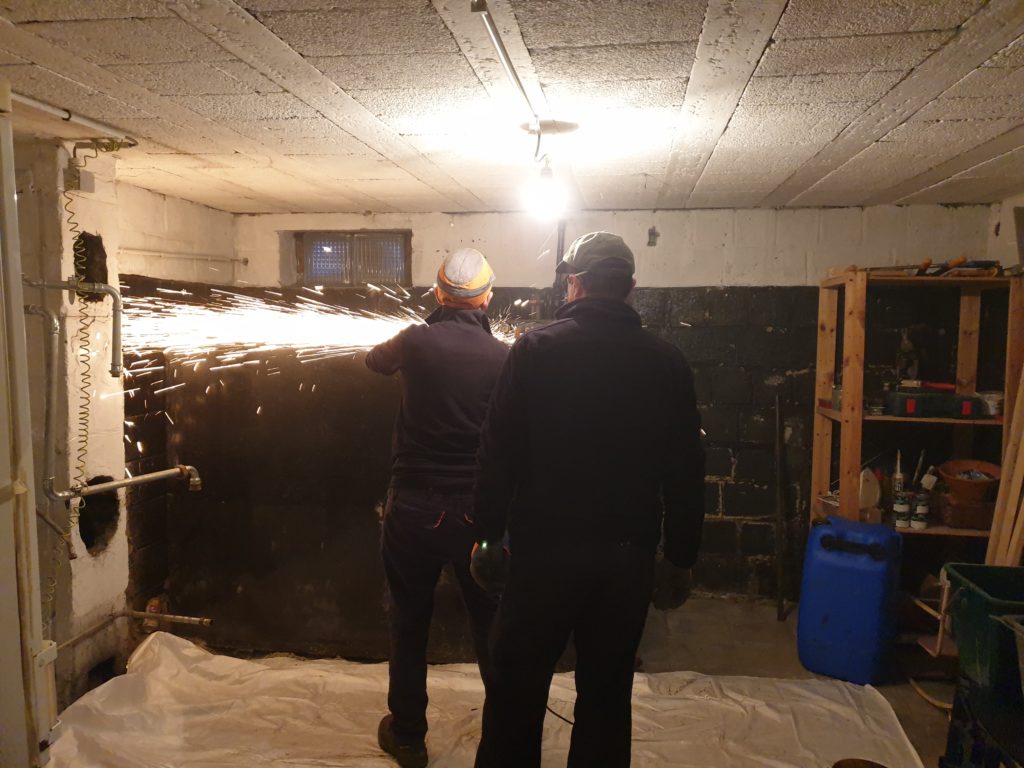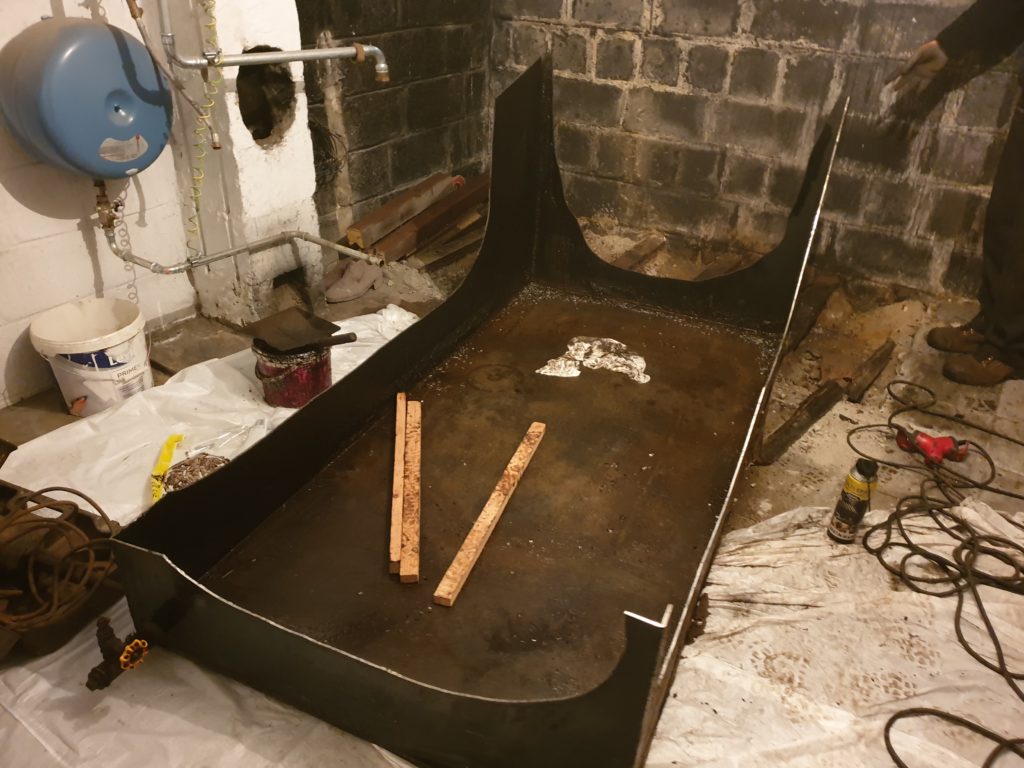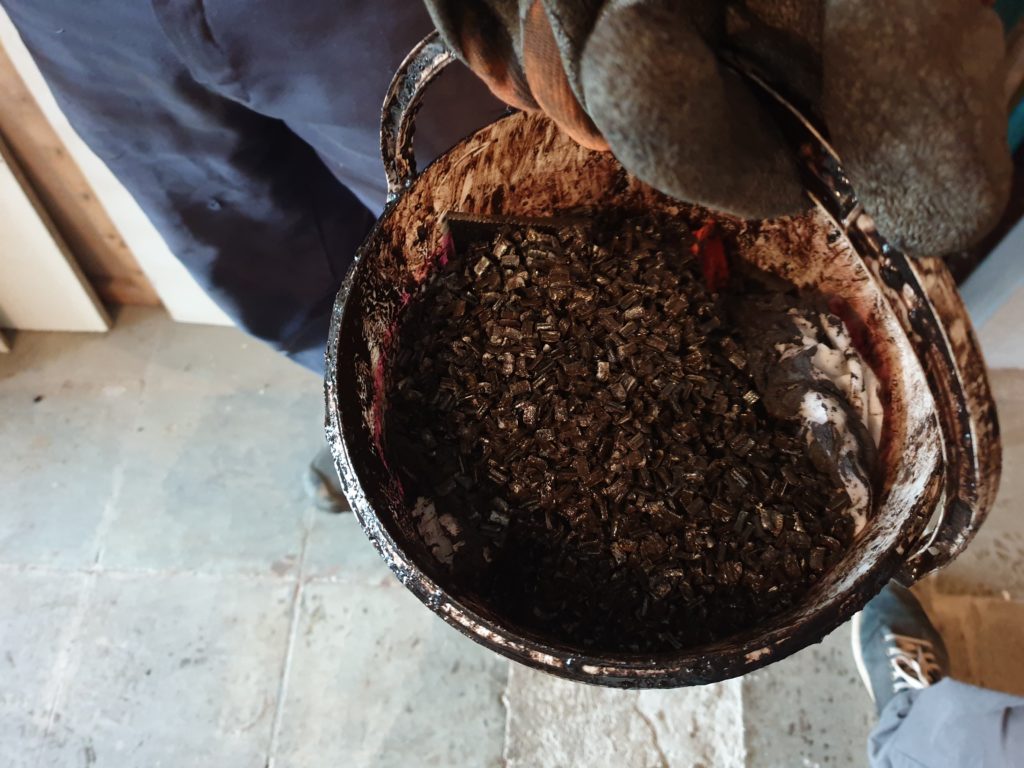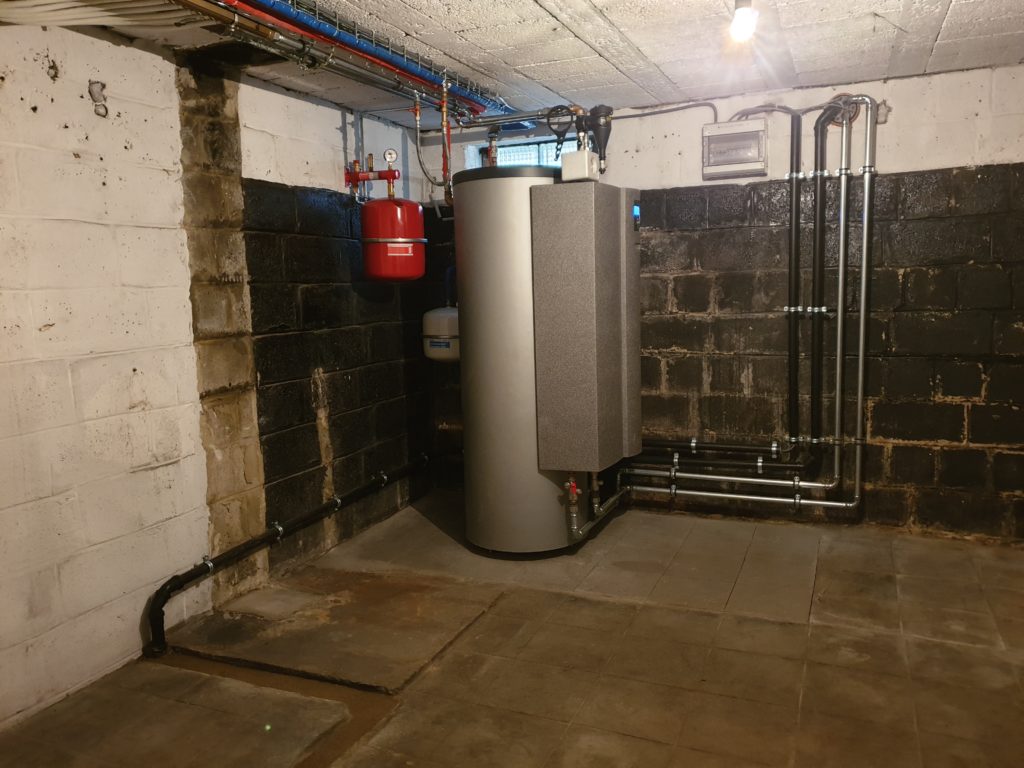Heat pump technology may be complicated, but they are an easy solution to the energy transition.
For over 10 years, my friend Thomas Nowak, Secretary-General of the European Heat Pump Association (EHPA), had been lobbying me (and pretty much everyone he met) to invest in a heat pump. So when the opportunity arose, I took the leap… and a loan.
To the energy transition geeks, heat pumps are a no-brainer but to the layman like me they are not an easy sell: they are rather unattractive metal boxes that are expensive and the technology is hard to understand:
Basically, you take the air from outside and convert it to hot water inside… ok, but how? Think of how a refrigerator works (the geeks say), only think of it in reverse… Ok, well, I’m not sure how a refrigerator really works, so this doesn’t help that much…
In a nutshell, that’s how an air-to-water heat pump works. Armed with the basics, I made the leap and called up a provider who visited my house with another guy; when we agreed on a heat pump that was the appropriate size and capacity for our house, they put us in contact with an installer (or ‘entrepreneur’ as they are called in Wallonia, Belgium).
The entrepreneur then sent out a tandem of workers from Georgia that spoke in a beautifully incomprehensible language, so we conversed in made-up sign language. They would get rid of the 3,000-liter metal container that held the ‘mazout’ – a crude oil that came after coal to heat homes and buildings in Belgium (and elsewhere of course).
It was fulfilling to see the sparks flying in the basement and to watch them cut through the thick metal container as if they were cutting through cardboard. They would spray some product ahead of the saw that was made of dull diamond teeth, and it would chatter away as it clipped away easily at the metal. Large pieces came off like huge flakes, revealing a pit of mucky oil at the bottom of the container, that they scooped out with plastic buckets and a siphon.





Behind the old oil container, we found a half-empty bottle of wine covered in dust and an old pair of beige shoes with metal buckles and stumpy heals. Strange relics from the previous owners. Like the empty 50 cl Jupiler beer cans found in walls of the rooms upstairs when renovating. A key lesson about this renovation is that insulation is the #1 ingredient to good energy efficiency: we got rid of the oil tanker and we did not connect to gas and someday we’ll put solar panels on the southern patch of roof that we have, but the heat still goes out the cold walls and roof that were not insulated. Empty beer cans and some foam spray doesn’t cut it for insulation!
The removal of the oil tanker took place at the end of November 2019, a few days before the climate negotiations (the so-called ‘COP25’ that year) in Madrid (that were supposed to take place in Chile). While I was happy to meet my personal deadline of becoming ‘energy independent’ by 2020, the challenge of having no heating going into the winter became a reality when the installation of the heat pump was delayed by a week.
I was in Madrid that week covering the climate talks, but my wife and daughter were at home, and they made lots of warm drinks and went over to our neighbours to shower for a few days. The timing was inconvenient but it was not that cold – not compared to eastern Europe that suffered fatalities that winter.
The heat pump was finally installed a week after schedule: the workmen left a hole in the wall outside where they missed their first attempt at drilling a hole for the new pipes and they left a muddy work area in the yard where they had stomped around installing the metal box outside.
But all is well that ends well: we are happy with our little Alpha Innotec metal box humming away outside our living room window, literally letting off steam that plumes up in little evaporating clouds when the excess heat is released from the compressor system. Our electricity bill went up as expected, but it’s stable now, and it’s less than the cost of getting a refill of crude oil every six months or so.

With time, we will invest in solar panels to reduce the electricity bill further. In a couple of years, the 5-year heat pump investment will be paid off, and then the solar panels will be paid off, and we will be running on a net-zero electricity bill with sustainable heating for the foreseeable future.
The sceptics will say: ‘sure, then you’ll have to buy a new metal box’. Yes, with time, all materials degrade and need repair, but with the prices dropping and the re-introduction of green credits for example, it will be much affordable for all, and with the colossal rise in gas prices due to the war in Ukraine, it’s now really worth getting a heat pump.
Other sceptics will say: ‘great, but your electricity is still coming from nuclear or fossil-fuel power plants, so you’re not doing much.’ We can all only do so much. It’s for governments to take responsibility for ambitious policies and to lead in the energy transition. That’s what Europe is trying to do with all the geopolitical dynamics at play… energy independence makes the most sense.